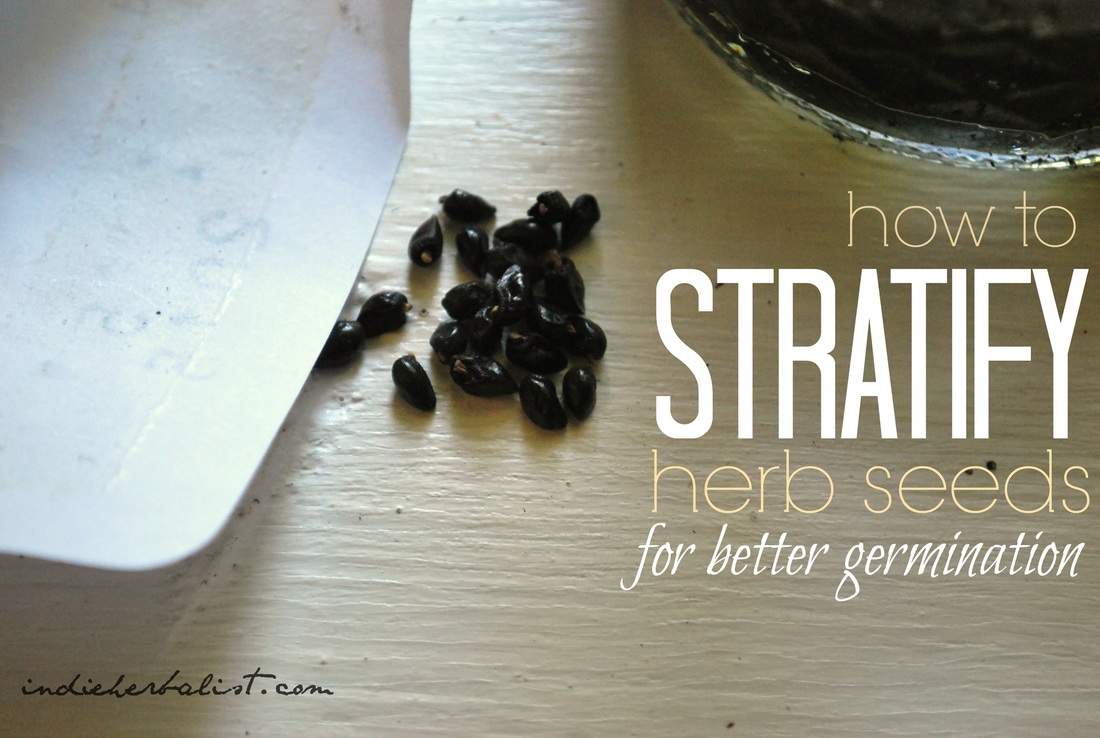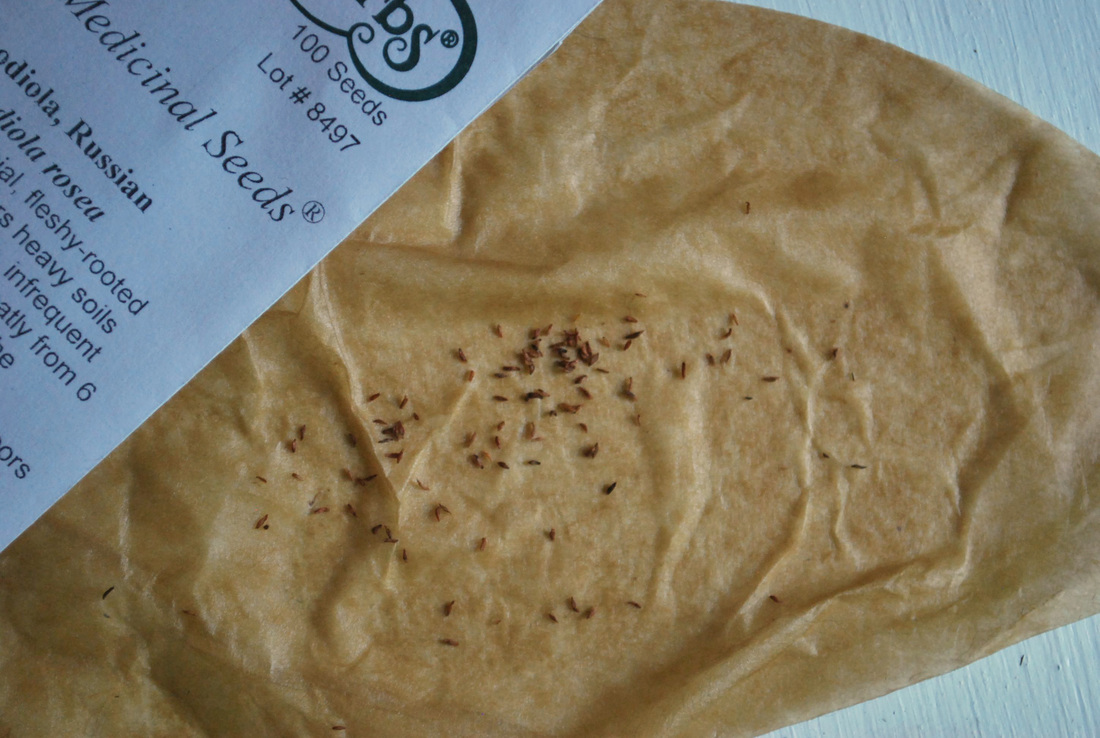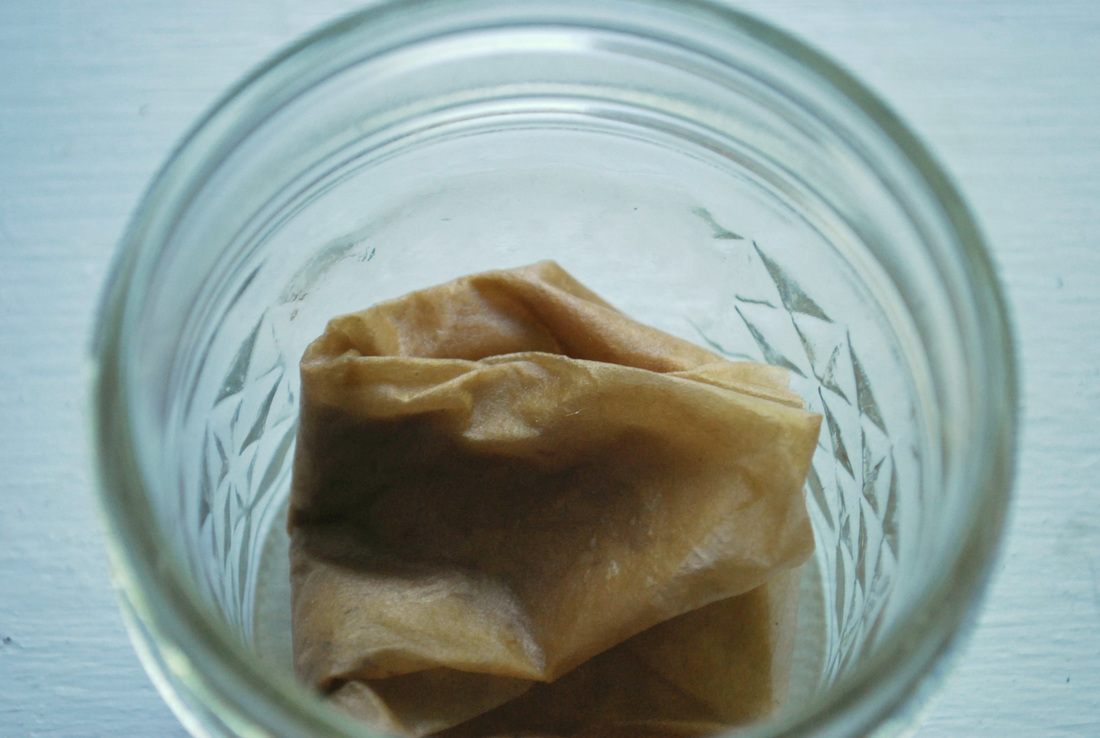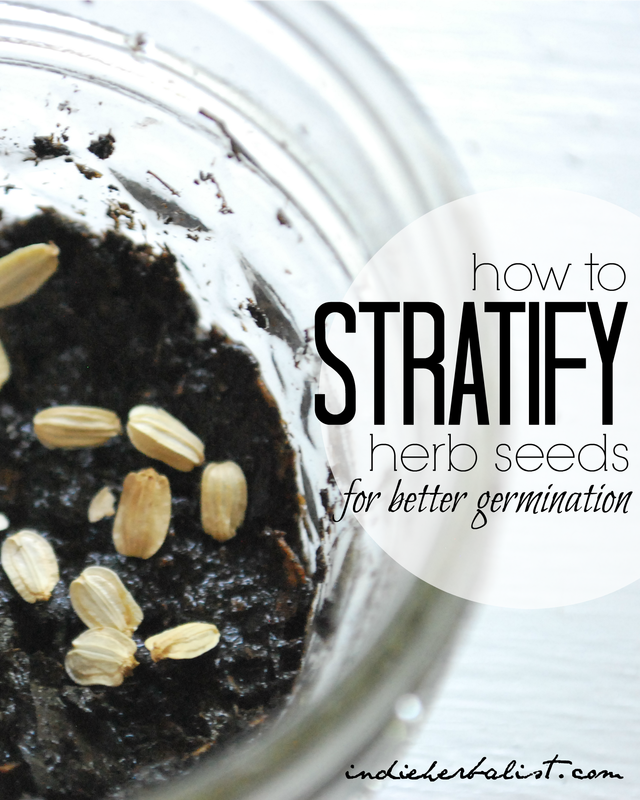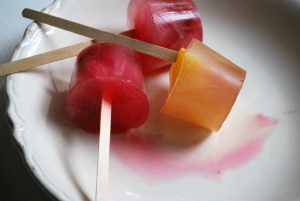Links contained in this post and elsewhere on my website may include affiliate links. When you make a purchase through these links, I earn a commission at no additional cost to you. I only link to products and services that I love - and that I think you will love, too!
Read Time:2 Minute, 10 Second
What does it mean when the label on your packet of herb seeds mentions that they need cold stratification? It sounds like it must be complicated, but it’s really pretty simple.
Most garden vegetable seeds need warmth, light, and water in order to sprout. As long as those three requirements are met, they germinate readily and are happy little campers. That’s true of many annual herbs and flowers, too.
The seeds from perennial herbs can be a little bit trickier. Many of them need the full process of weathering- exposure to all of the elements through one or more complete cycles of the seasons.
If you have the room and the time, starting herb seeds outdoors in pots or flats left outdoors can work really well. Make sure you use a sterile potting medium so your seeds won’t have to compete with weed seeds, label your pots, and keep them in a sheltered outdoor area away from squirrels or other creatures that might knock over or dig through your pots. I use a marker to write the name of the plant and the day I planted the seeds directly onto the pot to keep track.
Or, you can also use a process called stratification- alluded to on the label of your packet- to pretreat your herb seeds. To stratify herb seeds, you can either place the seeds in a small jar or baggie of moist potting soil or on a damp, unbleached coffee filter stashed in the refrigerator for a month or two.
For tiny seeds, I prefer using the coffee filter. After the pre-treatment time is up, I can unfold the coffee filter and transfer the seeds to pots. It gives you greater control over the seeds so that they don’t end up all clumped together in the pots or planted too deeply.
For larger seeds, I put them in moist potting soil. The seeds are easy to spot when it’s time to plant, and less likely to end up piled up on top of one another.
I prefer using glass canning jars, but zip top baggies work well and you can write directly on the bag with a marker. For canning jars, write on the metal lid or apply a label so you know what’s what.
It sounds complicated, but it’s really not. Once all of your seeds are in the containers, put them in the back of the refrigerator out of your way and add a note on your calendar to remind yourself when they will be ready!
All the best,
Agatha
